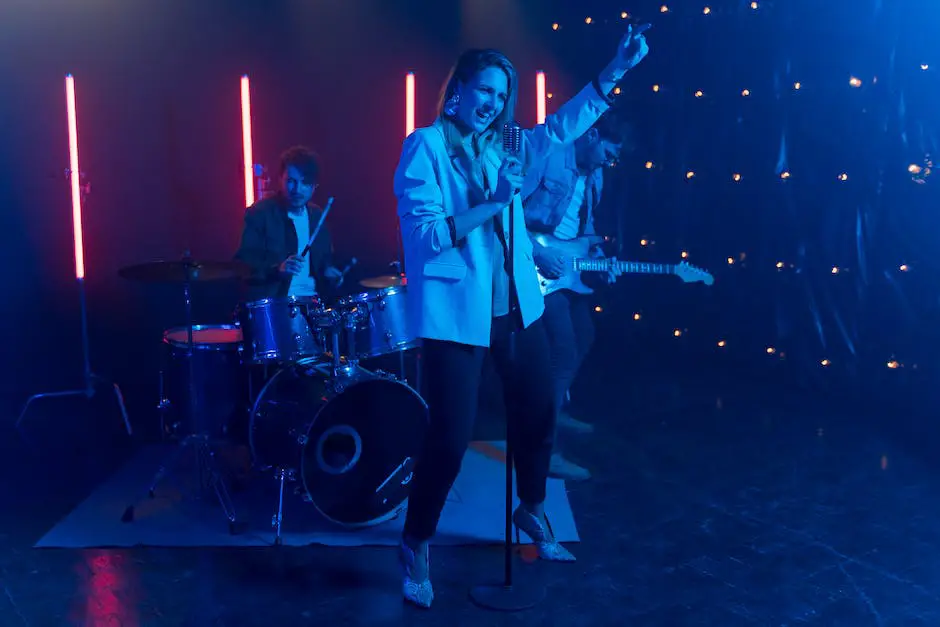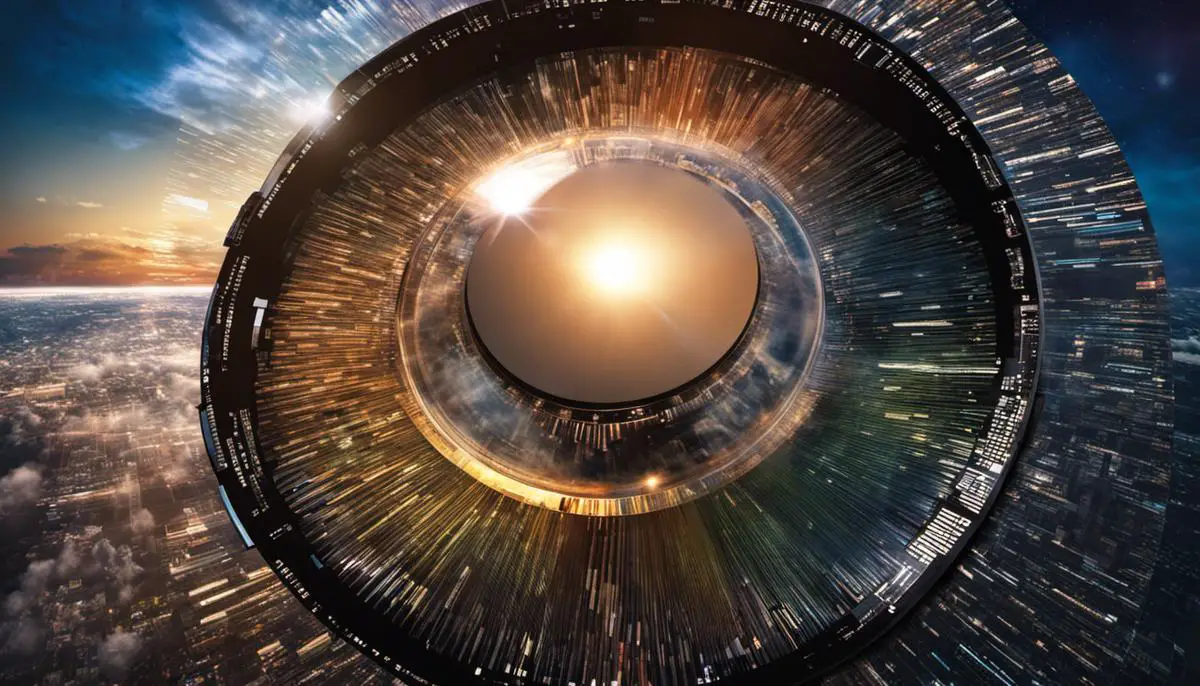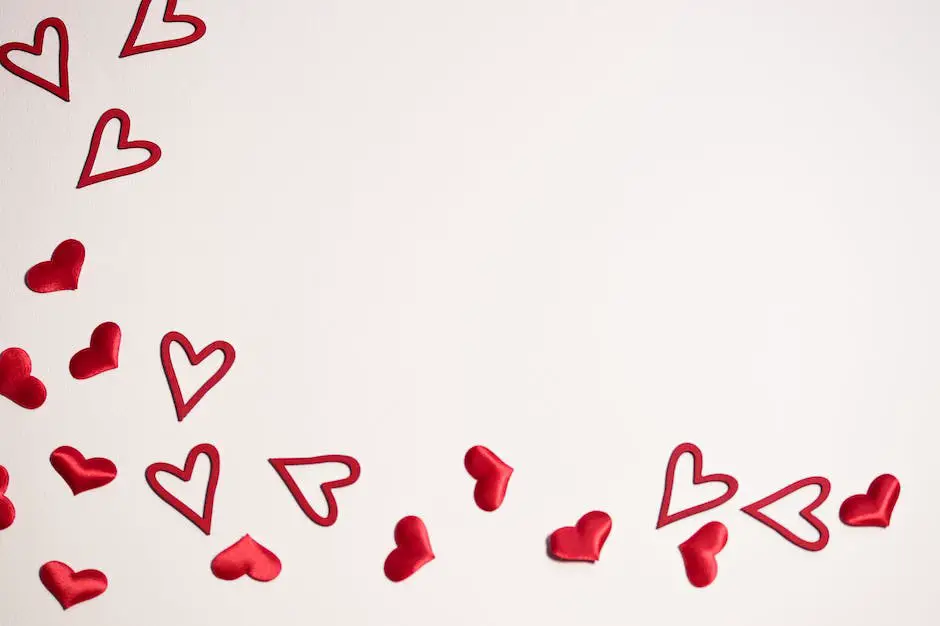In the grand echelon of music history, the 1980s hold a unique position, characterized by the surge of innovation and diversity that revolutionized the world of sound. This period saw a wealth of iconic artists, technological advancements, and musical movements like never before. Taking center stage are artists like Michael Jackson and Guns N’ Roses, who continue to inspire generations with their enduring legacies. On the technical front, the emergence of CDs, MTV, the Walkman, and synthesizers significantly enhanced music listening and production. Additionally, the ’80s also birthed defining music genres such as New Wave, Hair Metal, and Hip-Hop, which continue to shape contemporary music. As we journey through this compelling decade, we also stumble upon music festivals like Live Aid and US Festival, which further established the era’s music culture.
Iconic Artists of the ’80s
The Pop Sensation: Michael Jackson
Michael Jackson, known as the “King of Pop,” was more than just an artist; he was a global phenomenon that took the ’80s by storm. His Thriller album, released in 1982, remains to be the best selling album of all time, featuring megahits such as “Billie Jean,” “Beat It,” and the title track “Thriller.” Not only did he revolutionize pop music, but his groundbreaking music videos elevated the medium to a true art form. The Moonwalk, his signature dance move, remains a cultural staple decades later, while tracks like “We Are The World” highlighted his commitment to humanitarian issues.
A Fusion of Rap and Rock: Run-D.M.C.
Run-D.M.C., a trio from Hollis, Queens, shattered barriers in the music industry. They were one of the first groups to successfully merge rock and rap, paving the way for future hybrid genres. Their 1986 cover of Aerosmith’s “Walk This Way” dramatically altered perceptions of hip-hop, showing that it could coexist and collaborate with rock ‘n’ roll. The success of Run-D.M.C. legitimized rap music and brought it to mainstream audiences.
The Glam Rock Beauty: Madonna
Madonna didn’t just claim her throne as the “Queen of Pop,” she revolutionized the music industry and influenced an entire generation. Madonna was known for constantly reinventing her sound with radio-ready hits like “Like A Virgin,” “Material Girl,” and “Into the Groove.” She pushed boundaries with her music videos, fashion choices, and candid discussions of sexuality and religion. Her ever-evolving style set trends in music and fashion alike, making her an ’80s icon.
The Iconic Rock Group: Guns N’ Roses
Guns N’ Roses may have embodied the rebellious spirit of rock music to its core, but their talent went beyond pure attitude. With their 1987 album “Appetite for Destruction,” they garnered widespread acclaim, featuring towering hits like “Sweet Child o’ Mine,” and “Paradise City”. The band’s chemistry, coupled with lead vocalist Axl Rose’s dominating stage presence and lead guitarist Slash’s searing solos, marked a shift in the rock scene. Their impactful sound brought raw, hard rock back to the fore, in stark contrast to the glam metal that was flourishing at the time.
The Band That Kept Rock Alive: U2
U2, the band from Dublin, Ireland, helped keep rock ‘n’ roll alive throughout the ’80s with their anthemic rock sound and politically-charged lyrics. Their 1987 album “The Joshua Tree” was a critical and commercial success, featuring hits like “With or Without You” and “I Still Haven’t Found What I’m Looking For”. The band’s unique blend of post-punk and arena rock, fused with a mission to address social issues, has ensured their legacy within the music industry.
The Country Pop Crossover: Dolly Parton
While country music was always popular in certain circles, Dolly Parton brought the genre to mainstream audiences in the ’80s like never before. Her crossover hit “9 to 5” remains a feminist anthem, combining a catchy pop sound with lyrics about workplace inequality. Parton’s bright personality, strong narrative songwriting, and unique, powerful voice made her a true standout during this decade.
These chart-topping artists demonstrated how the ’80s were a transformative period in music, paving the way for many genres and styles that continue to resonate today.

Music Technologies and Innovations
The Digital Age Dawns with the CD
Prior to the 1980s, vinyl records and cassette tapes held sway over the music recording industry. Then came the revolutionary compact disc (CD). CDs offered superior sound quality, weren’t prone to the wear and tear issues of vinyl or cassette tapes, and enabled easy skip to any track in a snap. CDs quickly ascended as the preferred medium for music distribution, with an astonishing 400 million CDs sold in the US by the end of the decade. Music was now more portable and accessible.
MTV Changes the Game
While the technology was transforming the way people listened to music, a new television network was shifting how people watched and experienced it. MTV, Music Television, launched in 1981, giving a visual dimension to music for the first time on a larger scale. Music videos became a vital part of an artist’s image and marketing strategy, with the likes of Michael Jackson and Madonna utilizing the platform to reach global fame. The expression “I want my MTV” became a cultural catchphrase of the decade.
Lollapalooza: An Alt-Culture Extravaganza
Another groundbreaking music device of the 80s was the Sony Walkman, which skyrocketed in popularity, revolutionizing personal audio listening. Portability was the game-changer, with the Walkman providing a personalized soundtrack for people’s lives that could be enjoyed around the house, on the street, or at the gym. Music became a more intimate, individual experience that could accompany everyday tasks and activities.
The Rise of the Synthesizer in Production
The synthesizer, a pivotal instrument in 80s pop music, reshaped the music production landscape. Offering an endless variety of electronic sounds and effects, the synthesizer played a crucial role in creating the decade’s distinct music style. Artists and bands, like The Human League and Duran Duran, rode to fame on the wave of synth-pop. Furthermore, the advent of MIDI (Musical Instrument Digital Interface) technology in 1983 expanded the capabilities of synthesizers and other electronic music instruments, enabling them to communicate with each other and with computers, transforming music composition and production dramatically.

Defining Genres & Musical Movements of the ’80s
New Wave Revolution
A hybrid of rock and pop, the new wave genre emerged prominently in the 80s, thanks to its innovative blend of electronic instrumentation and punk sensibilities. Pioneered by artists such as Depeche Mode, The Cure, and Talking Heads, new wave music was just as much about lyrical depth and sonic experimentation as it was about fashion and attitude. It encapsulated a whole subculture, complete with androgynous styles and vibrant hair colors. Today, bands like The Killers, Paramore, and Arctic Monkeys have cited new wave bands as major influences, demonstrating the enduring legacy of the genre.
The Rise of Hair Metal
Another genre that ruled the 80s airwaves was hair metal, so named for the extravagant hairstyles of its leading artists. Bands like Mötley Crüe, Guns N’ Roses, and Def Leppard crafted a theatrical and outrageous image, characterized by excessive partying, pyrotechnics, and heart-wrenching power ballads. Their unique sound combined elements of hard rock with pop-infused hooks and over-the-top guitar solos. Today, hair metal’s influence can be heard in a myriad of modern bands, such as The Darkness, Steel Panther, and Black Veil Brides – with their flashy performances and anthemic tunes.
Birth of Hip-Hop
Far from the glitz and glam of hair metal, another music genre that found its footing in the 80s was hip-hop. Out of the urban landscapes of cities like New York and Los Angeles, rappers like Run-DMC, Beastie Boys, and Public Enemy used music as a medium to express the realities of street life, cultural identity, and social issues. The genre revolutionized the music scene with its blend of rhythm and poetry, sparking a cultural movement that continues to thrive today. Modern day artists like Kendrick Lamar, Drake, and Cardi B owe their successes to the original pioneers of hip-hop. Pop culture itself owes a lot to the imprint of hip-hop music, with its reach extending beyond music to dance, graffiti, fashion, and film.

Famous ’80s Music Festivals
Live Aid: The Global Jukebox
Live Aid, also known as the ‘Global Jukebox,’ was held in 1985 and organized by Bob Geldof and Midge Ure. This dual-venue benefit concert was organized to raise funds for relief of the ongoing Ethiopian famine. The event famously took place simultaneously in London’s Wembley Stadium and Philadelphia’s John F. Kennedy Stadium, connecting millions of viewers globally through a live television broadcast. Performances by legendary artists such as Queen, U2, and David Bowie created unforgettable memories and served a noble cause.
US Festival: Tech Savvy Rock and Roll
Held during the 1982 and 1983 Labor Day weekends, the US Festival broke ground as one of the most technologically advanced music events of its time. Created by Apple co-founder Steve Wozniak, the festival was an eclectic combination of music, technology, and culture. Crowds enjoyed performances from iconic ’80s bands like The Clash, Motley Crue, and Van Halen, while stalls showcasing the latest technology in personal computing engaged the audience between shows. The festival’s second edition also made history by including a “Country Day,” with performances by Willie Nelson and Emmylou Harris among others.
Monsters of Rock: Heavy Metal’s Mecca
Monsters of Rock music festival, held annually in Donington, UK, captured the heart and soul of the heavy metal movement at its peak in the ’80s. Featuring rock juggernauts like AC/DC, Metallica, and Iron Maiden, the festival was synonymous with the pure, raucous energy associated with the genre. Distinctive merchandise, with garish designs and bold logos, became beloved tokens of a day spent headbanging to deafening music.
Lollapalooza: An Alt-Culture Extravaganza
Lollapalooza, initiated in the final year of the ’80s, served as a zenith of alternative rock and subculture. The brainchild of Perry Farrell, lead singer of Jane’s Addiction, it started as a farewell tour for his band but evolved into something much more significant. Lollapalooza became a cultural milestone, where the era’s underground found a platform, from grunge to punk, industrial to hip hop. It came to define the spirit of a generation and continues to this day.
Each of these festivals, with their variety and vibrance, helped to shape the music history and culture of the ’80s. They brought audiences closer to their favorite artists, fostered unity and humanity, and created a crucible for different genres to flourish.

As we retrospect on this vibrant era, it’s apparent that the 1980s played an instrumental role in shaping the modern-day music landscape. The sounds, the technology, the events – everything from this decade, has left an imprint on how we experience music today. The prominent artists of the time, the melodic brew of countless genres, and the immersive experience of iconic music festivals, collectively underscore a transformative period in the annals of music. Today, we continue to feel the undying presence of the ’80s in the songs we hum, the festivals we attend, and the technology we use to tune into our favorite music. The intrinsic essence of the 1980s thus remains immortalized in the rhythms that continue to echo across the globe.

